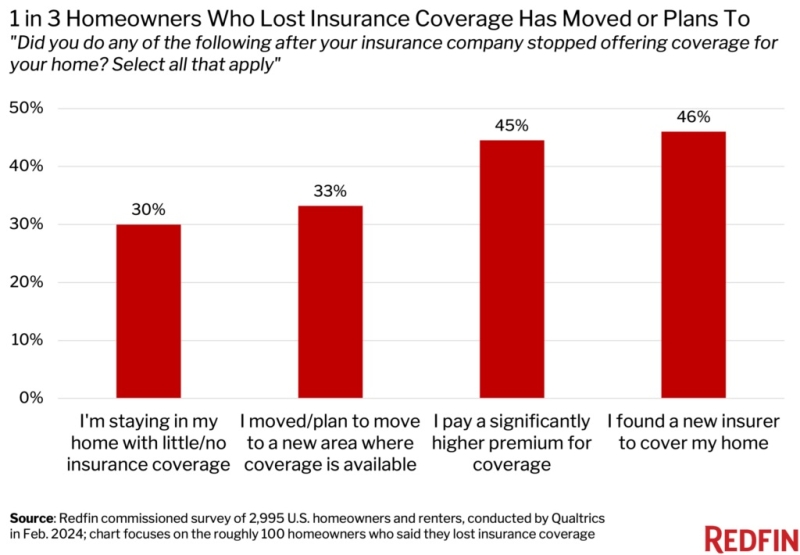Advertisement
NAMB debuts re-vamped Web site
Study finds 31 percent of housing market "extremely overvalued"MortgagePress.comFederal Reserve, housing market, statistics
In his monetary policy report to the U.S. Congress on July 20,
Federal Reserve Board
Chairman Alan Greenspan stated, "Whether home prices on average for
the nation as a whole are overvalued relative to underlying
determinants is difficult to ascertain, but there do appear to be,
at a minimum, signs of froth in some local markets where home
prices seem to have risen to unsustainable levels."
Greenspan's statements fueled speculation about whether the U.S.
housing market was experiencing a housing bubble." If the housing
market is overvalued, then the consequences for homeowners,
securities investors, real estate developers, lenders and the
economy at large could be severe. But no consensus opinion
currently exists regarding the valuation of the housing market. To
remedy that situation, National City Corporation
Chief Economist Richard J. DeKaser and his research assistant, John
G. Charamonde, have conducted a study, "House Prices in America:
Valuation Methodology and Findings," that seeks to determine
whether and how much of the U.S. housing market is overvalued.
According to the study, 53 metropolitan areas, representing 31
percent of the U.S. housing market are "extremely overvalued" and
face a high risk of price declines.
The study examined the top 299 real estate markets in the U.S.
representing 80 percent of single-family housing in the nation,
during the period from 1985 to 2005. Price-to-income ratios were
statistically explained by household population density, mortgage
interest rates, relative income levels and the unique
characteristics of each metropolitan area. Markets were considered
"extremely overvalued" when the observed prices surpassed
statistical norms by 30 percent or more. Based on the 63 known
local market price declines observed since 1985, the study deemed
that markets with valuations above 30 percent were at high risk for
price corrections. Price corrections were defined as price declines
of 10 percent or more that lasted for two or more years.
Among the conclusions drawn by "House Prices in America:
Valuation Methodology and Findings," was that California, southern
Florida, and parts of the greater New York (e.g. Nassau and Suffolk
counties, and Ocean City, N.J.) and greater Boston (e.g.
Barnstable, Mass.) areas have a disproportionate concentration of
high-risk markets, with Santa Barbara, Calif. leading the way at 69
percent above the norm.
For more information or to obtain a copy of the study, visit
www.nationalcity.com/economics.
About the author





